Sunday 22.04. weekly report: All base metals prices closed lower in Friday
LME base metals prices closed lower after disappointing week
 All base metals trading on the London Metal Exchange fell at the end of trading on Friday April 21 after a week in which some metals prices hit three-month lows.
All base metals trading on the London Metal Exchange fell at the end of trading on Friday April 21 after a week in which some metals prices hit three-month lows.
Regardless of being the only base metal to see a price upsurge at Friday’s morning, up $28.50 per ton, copper prices dropped at the LME kerb.
Firstly, nickel and tin fell by over $100 per ton, while zinc dropped back below the $2,600 per ton barrier.
LME announced Matthew Chamberlain as its new CEO.
Secondly, steel prices could be in for a boost after positive macroeconomic news came from the USA.
“Yesterday (ref. to Thursday) President Trump ordered a trade probe against China and other exporters of cheap steel into the US. Trump also indicated plans to spend $200bn on an infrastructure development although the timing of this is still unclear,” Alastair Munro of Marex Spectron said.
Copper falls nevertheless earlier increase
Following, the three-month copper price rose by $1 from Thursday’s close to finish trading at $5,622 per ton in Friday. Copper stocks fell by 50 tons to 268,400 tons, with 11,025 tons freshly re-warranted. Indonesian workers at Freeport-McMoRan are said to be planning a month-long protest starting on May 1. The global refined copper market posted a surplus of 51,000 tons in January, the International Copper Study Group (ICSG) said in a monthly report on April 20. Chile’s Codelco suspended operations at a concentrator plant at its Salvador copper mine after a supervisor died in an accident. The facility produced 60,000 tons of copper in 2016, according to Reuters.
Declines across the board
The nickel price was starting to recover over the last days but fell $135 per ton at the kerb to $9,345 per ton. The three-month aluminium price fell by $10.50 to finish trading at $1,932.50 per ton. Inventories were down 14,925 tons to 1,687,875 tons. Nickel stocks increased by 5,208 tons to 380,946 tons.
The three-month zinc fell by $48, after a $10.50 decline during morning trading, to close trading for the week on $2,584 per ton. Zinc inventories fell 1,300 tons to 355,150 tons. “Data released by China’s NBS showed its domestic zinc production fell to 504,000 tons in March, the lowest level in a year as smelters conducted maintenance during the recent ore shortage,” ANZ Research said on Friday.
Lead prices were down $17 to $2,142 per ton. Stocks were down 500 tons to 167,175 tons. The three month tin price was indicated at $19,750/$19,795 per ton – an approximate $125 per ton decline on Thursday’s close price. Inventories for tin were unchanged at 3,195 ton for the second day in a row.
Currency moves and data releases
- The dollar index was down 9.14 to 99.98.
- The Brent crude oil spot price was down 1.85% to $52.02 per barrel.
- The UK FTSE 100 was down 3.99 to 7114.55.
- EU consumer confidence was -4 for April after being forecast at -5, while the CB leading index was 0.4% for March.
- Meanwhile in the USA, existing home sales in March hit 5.71 million, topping the forecast of 5.61 million. But the flash manufacturing PMI and flash services PMI for April both disappointed at 52.8 and 52.5, respectively.



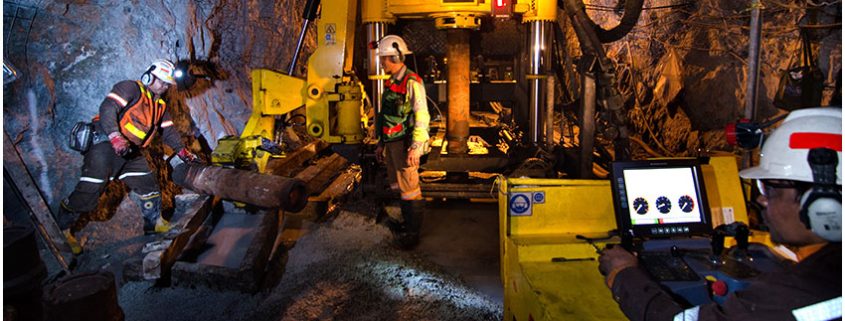


 “Efforts by the company to cut costs and reduce numbers of workers, made a fiasco among them.” It led to agitated tensions and their determination to protest.
“Efforts by the company to cut costs and reduce numbers of workers, made a fiasco among them.” It led to agitated tensions and their determination to protest.
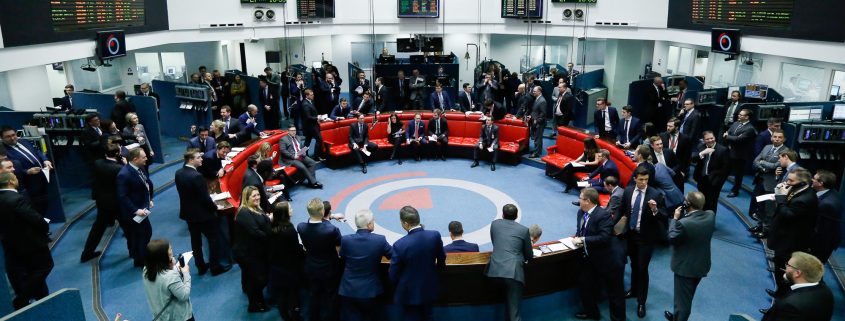

 The three-month copper price rose by $28.50 to $5,651.50 per ton. While copper stocks fell by 50 ton to 268,400ton, with 11,025 of freshly re-warranted copper. Global refined copper market posted a surplus of 51,000t in January, the International Copper Study Group (ICSG) said in a monthly report on April 20.
The three-month copper price rose by $28.50 to $5,651.50 per ton. While copper stocks fell by 50 ton to 268,400ton, with 11,025 of freshly re-warranted copper. Global refined copper market posted a surplus of 51,000t in January, the International Copper Study Group (ICSG) said in a monthly report on April 20.

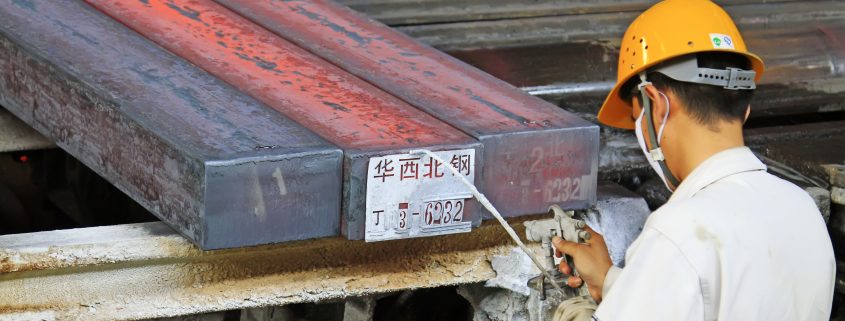
 U.S. President is launching an investigation about whether the steel imports from foreign countries affects U.S. national interests.
U.S. President is launching an investigation about whether the steel imports from foreign countries affects U.S. national interests.



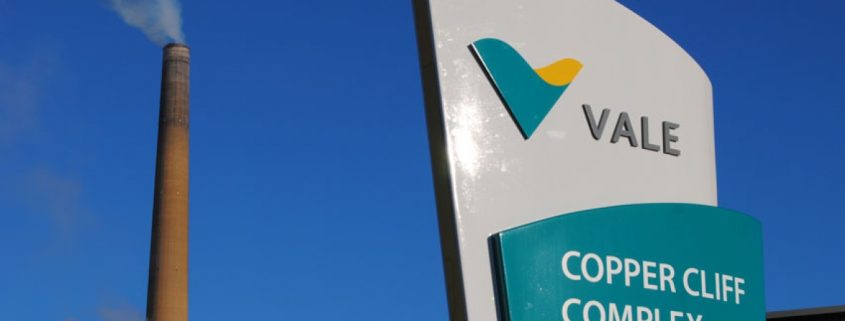
 Vale SA is a Brazilian multinational corporation. Engaged in metals and mining. It is one of the largest logistics operators in Brazil. Vale is the largest producer of iron ore and nickel in the world.
Vale SA is a Brazilian multinational corporation. Engaged in metals and mining. It is one of the largest logistics operators in Brazil. Vale is the largest producer of iron ore and nickel in the world. in the first three months of the year. It went down by 2.9% from the corresponding period of 2016.
in the first three months of the year. It went down by 2.9% from the corresponding period of 2016. Production at Vale’s Thompson operations came to 4,800 tonnes of nickel in the first quarter of 2017. Down by 22.6% y-o-y and down 33.3% against the fourth quarter of 2016.
Production at Vale’s Thompson operations came to 4,800 tonnes of nickel in the first quarter of 2017. Down by 22.6% y-o-y and down 33.3% against the fourth quarter of 2016.

 Vale’s total nickel production from all its Canadian operations came to 36,100 t in the first quarter of 2017, down by 1.4% from a year earlier and 16.8% lower than in the fourth quarter of 2016.
Vale’s total nickel production from all its Canadian operations came to 36,100 t in the first quarter of 2017, down by 1.4% from a year earlier and 16.8% lower than in the fourth quarter of 2016.
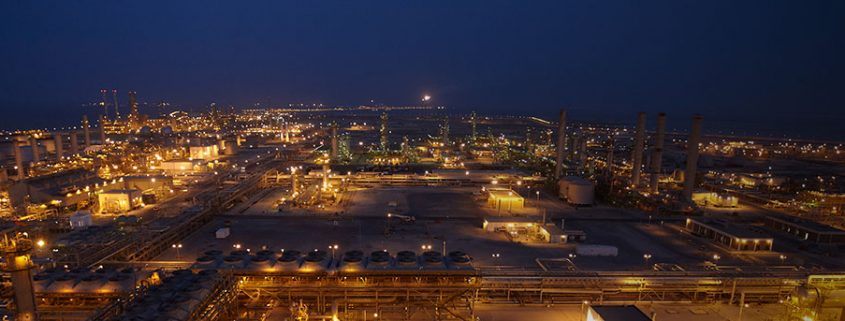


 Saudi Aramco is a key exporter to China together with Russia’s Rosneft. With potential $100 billion equity sale that would be the world’s largest to date.
Saudi Aramco is a key exporter to China together with Russia’s Rosneft. With potential $100 billion equity sale that would be the world’s largest to date.
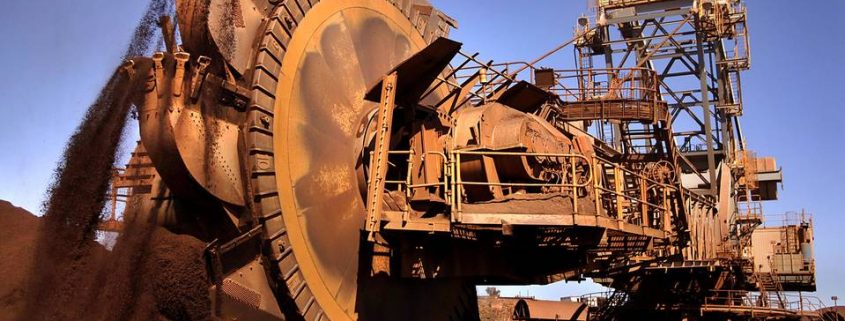
 Rio Tinto is a British-Australian multinational, and one of world’s largest metal and mining corporations. Rio Tinto(RIO.AX) (RIO.L) on Thursday said first-quarter iron production from Australia fell 3 percent. In comparison with the same period a year ago. Mostly due to wet weather at its mines. Heavy rain ruined Rio’s outputs. Despite weakening ore prices it kept its full-year guidance intact.
Rio Tinto is a British-Australian multinational, and one of world’s largest metal and mining corporations. Rio Tinto(RIO.AX) (RIO.L) on Thursday said first-quarter iron production from Australia fell 3 percent. In comparison with the same period a year ago. Mostly due to wet weather at its mines. Heavy rain ruined Rio’s outputs. Despite weakening ore prices it kept its full-year guidance intact. in the north of Western Australia. Also It is known for its Aboriginal peoples. Furthermore, having ancient landscapes, the red earth, its vast mineral deposits, in particular iron ore. Pilbara mines output totaled 77.2 million tonnes, the company said. Full-year shipping guidance was kept at 330 million-340 million tonnes.
in the north of Western Australia. Also It is known for its Aboriginal peoples. Furthermore, having ancient landscapes, the red earth, its vast mineral deposits, in particular iron ore. Pilbara mines output totaled 77.2 million tonnes, the company said. Full-year shipping guidance was kept at 330 million-340 million tonnes. Shipments from the Australian mines in the first quarter were flat at 76.7 million tonnes against the year-ago period, but down 13 percent from the previous quarter.
Shipments from the Australian mines in the first quarter were flat at 76.7 million tonnes against the year-ago period, but down 13 percent from the previous quarter.
 In other minerals, Rio Tinto stuck to a full-year target of producing between 3.5 million 3.7 million tonnes of aluminum following a 2 percent rise in first-quarter production.
In other minerals, Rio Tinto stuck to a full-year target of producing between 3.5 million 3.7 million tonnes of aluminum following a 2 percent rise in first-quarter production. sales of the metal make up for about 60% its export earnings. In Escondida mine strike, workers gave up because they asked for different conditions.
sales of the metal make up for about 60% its export earnings. In Escondida mine strike, workers gave up because they asked for different conditions.
 Firstly, crude Oil Production in Gabon averaged 273.97 BBL/D/1K from 1994 until 2016. Reaching an all time high of 374 BBL/D/1K in August of 1995. And a record low of 205 BBL/D/1K in April of 2015. Secondly, crude Oil Production in Gabon remained unchanged. At 210 BBL/D/1K in March from 210 BBL/D/1K in February of 2016.
Firstly, crude Oil Production in Gabon averaged 273.97 BBL/D/1K from 1994 until 2016. Reaching an all time high of 374 BBL/D/1K in August of 1995. And a record low of 205 BBL/D/1K in April of 2015. Secondly, crude Oil Production in Gabon remained unchanged. At 210 BBL/D/1K in March from 210 BBL/D/1K in February of 2016. In terms of authenticate recoverable reserves. While according to the Oil & Gas Journal (OGJ), Gabon had 2 billion barrels of proven oil reserves. Especially relevant, the end of 2012, Gabon was the fifth-largest oil producer in Sub-Saharan Africa. Due to its position behind Nigeria, Angola, Sudan & South Sudan, and Uganda. Most of Gabon’s oil fields are located in the Port-Gentil area and are both onshore and offshore. Therefore, Gabon’s oil production has been reduced by toward one-third from its peak of 370,000 barrels per day (bbl/d) in 1997. To 244,000 bbl/d in 2012.
In terms of authenticate recoverable reserves. While according to the Oil & Gas Journal (OGJ), Gabon had 2 billion barrels of proven oil reserves. Especially relevant, the end of 2012, Gabon was the fifth-largest oil producer in Sub-Saharan Africa. Due to its position behind Nigeria, Angola, Sudan & South Sudan, and Uganda. Most of Gabon’s oil fields are located in the Port-Gentil area and are both onshore and offshore. Therefore, Gabon’s oil production has been reduced by toward one-third from its peak of 370,000 barrels per day (bbl/d) in 1997. To 244,000 bbl/d in 2012. As a result, the largest field matured and production declined. In process, the other fields emerged and replaced dwindling production. Furthermore, dominant fields have included Gamba/Ivinga/Totou (1967-1973), Grondin Mandaros Area (1974-1988), and Rabi (1989-2010). Most of all the Rabi oil field, as Gabon’s major success, significantly boosted the country’s total output in the 1990s. It reached 217,000 bbl/d at its peak in 1997. Although Rabi is still one of Gabon’s largest producing fields, it has matured and production has gradually declined to about 23,000 bbl/d in 2010.
As a result, the largest field matured and production declined. In process, the other fields emerged and replaced dwindling production. Furthermore, dominant fields have included Gamba/Ivinga/Totou (1967-1973), Grondin Mandaros Area (1974-1988), and Rabi (1989-2010). Most of all the Rabi oil field, as Gabon’s major success, significantly boosted the country’s total output in the 1990s. It reached 217,000 bbl/d at its peak in 1997. Although Rabi is still one of Gabon’s largest producing fields, it has matured and production has gradually declined to about 23,000 bbl/d in 2010.
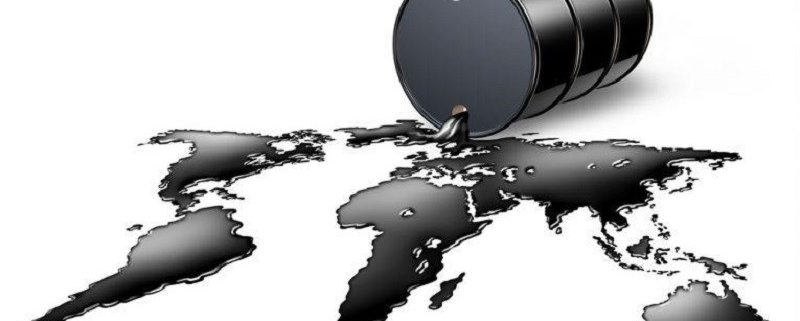

 Oil steadied on Wednesday. After OPEC said it was committed to eroding a global supply. Overhang that has dogged markets since 2014, but with U.S. output and inventories rising, analysts said prices looked vulnerable. (Yahoo finance)
Oil steadied on Wednesday. After OPEC said it was committed to eroding a global supply. Overhang that has dogged markets since 2014, but with U.S. output and inventories rising, analysts said prices looked vulnerable. (Yahoo finance)
 Most of U.S. sanctions against Iran were lifted in late 2015 under a nuclear deal. Letting Tehran to more than double its crude exports over 2016. This move just added a bit to the global oversupply.
Most of U.S. sanctions against Iran were lifted in late 2015 under a nuclear deal. Letting Tehran to more than double its crude exports over 2016. This move just added a bit to the global oversupply.
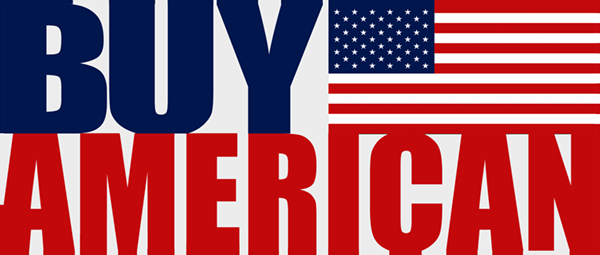
 left a few open questions behind. Trump made a decision about reviewing the U.S. Visa program. Changing the position of high-skilled foreign workers in the country. Putting technology firms and the outsourcing companies that serve them, on notice that possible changes may happen.
left a few open questions behind. Trump made a decision about reviewing the U.S. Visa program. Changing the position of high-skilled foreign workers in the country. Putting technology firms and the outsourcing companies that serve them, on notice that possible changes may happen. Even if it exists in the U.S. law for a long period. Negations granted to foreign companies that undercut their U.S. counterparts on pricing.
Even if it exists in the U.S. law for a long period. Negations granted to foreign companies that undercut their U.S. counterparts on pricing.
